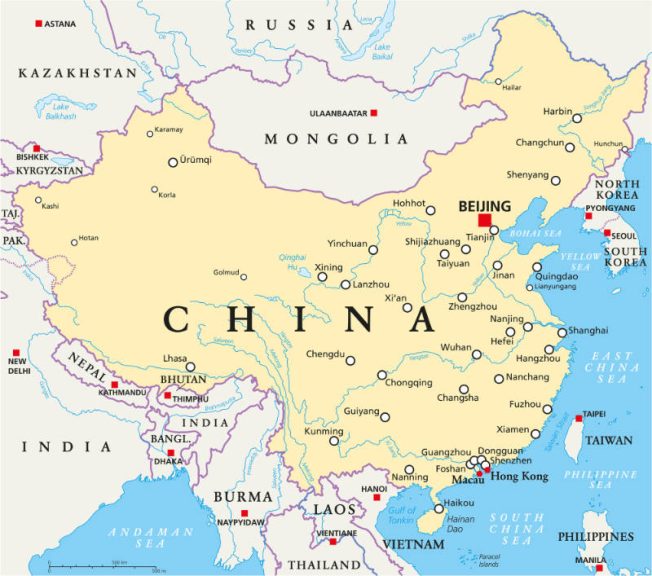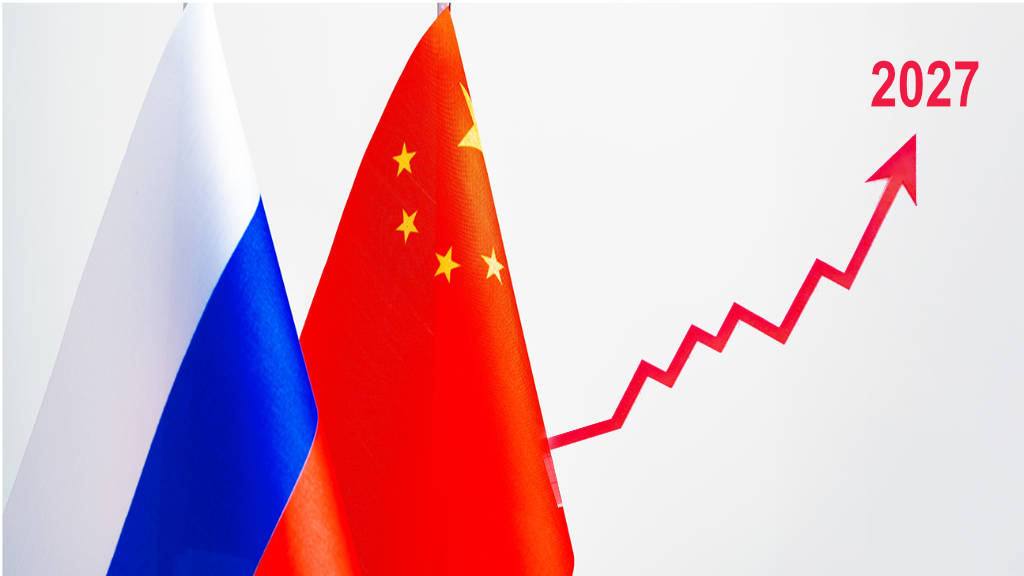The trade turnover between Russia and China, which grew by almost 2% last year to US$245 billion, can be expected to grow by another US$30 billion in the coming two years, according to Peter Zaselsky, the Chairman of Russia’s Roseximbank. He was speaking at the Far Eastern Economic Forum in Vladivostok.
Russia-China trade turnover has slowed this year, mainly because of sanctions and also due to a natural rebalancing of trade. According to China’s General Administration of Customs, Russian-Chinese trade turnover in the first half of 2025 decreased by 9.1% to US$106.5 billion.
But Zaselsky, whose bank specialises in the financing of Russia imports and exports, said that the pace of growth would pick up again due to the growth of Russia’s non-energy exports to China, a sector that is not generally sanctioned.
Zaselky explained that “Our trade turnover with China has not reached a plateau; there are prospects for growth. According to our estimates, within the coming two years it will grow by US$30 billion across the entire product range, including US$5-7 billion due to exports of non-primary and non-energy goods from Russia, such as potash fertilisers, aluminium, crabs, fish, rubber, wheat, metallurgical and chemical products.”
He stated there are several main growth factors, adding that “one of the main growth areas is the expansion of the geography of cooperation with Chinese partners, including access to China’s southern provinces, which are still not very familiar to us today.”
That coincides with findings that about 80% of Russia’s exports from the Russian Far East only go as far as China’s three major northern provinces – Heilongjiang, Liaoning, and Jilin – and the two eastern ports of Shanghai and Qingdao. There is plenty of market room in China and elsewhere for Russian companies to continue to explore.

Zaselky said that “Partnership in the logistics sector is one of the most promising areas of cooperation between Russia and China. Today, 65% of container shipments of Russia’s foreign trade traffic connect with China. Almost all types of transport are involved, and all routes are well-established and complement each other. The Arctic Express project and the development of the central railway corridor through Mongolia show great additional potential. Plus, there are plans to develop more cross-border crossings. In the long term, according to our financial need assessments, the greatest opportunities are associated with industrial, technological, and payment cooperation; joint productions in advanced technologies; and technological transfer.”
He also stated that sanctions restrictions will not interfere with trade development because new technologies will negate their impact. “The transition to national currencies and digital technologies will change the system of international settlements in the future. At present about 85% of Russia’s foreign trade settlements are carried out in our respective national currencies, the rouble and the RMB yuan. However, we are also seeing a transformation of the international settlements system. The share of alternative calculations is growing. The future belongs to new technologies, digital currencies, local payment systems, and block payment systems. It will not be the same as before.”
Zaselky’s forecast, if correct, would mean that Russia-China bilateral trade would rebound again to reach US$243 billion by 2027 – about the same level as in 2024. Key to understanding the implications of this, however, are that the development scenarios are also different. By the end of 2027, as compared to the end of 2024, the market will have matured. That includes a better understanding and balancing of bilateral trade dynamics, a larger market push by Russian companies into the Chinese interior, and new mechanisms to facilitate bilateral trade finance.
Further Reading





